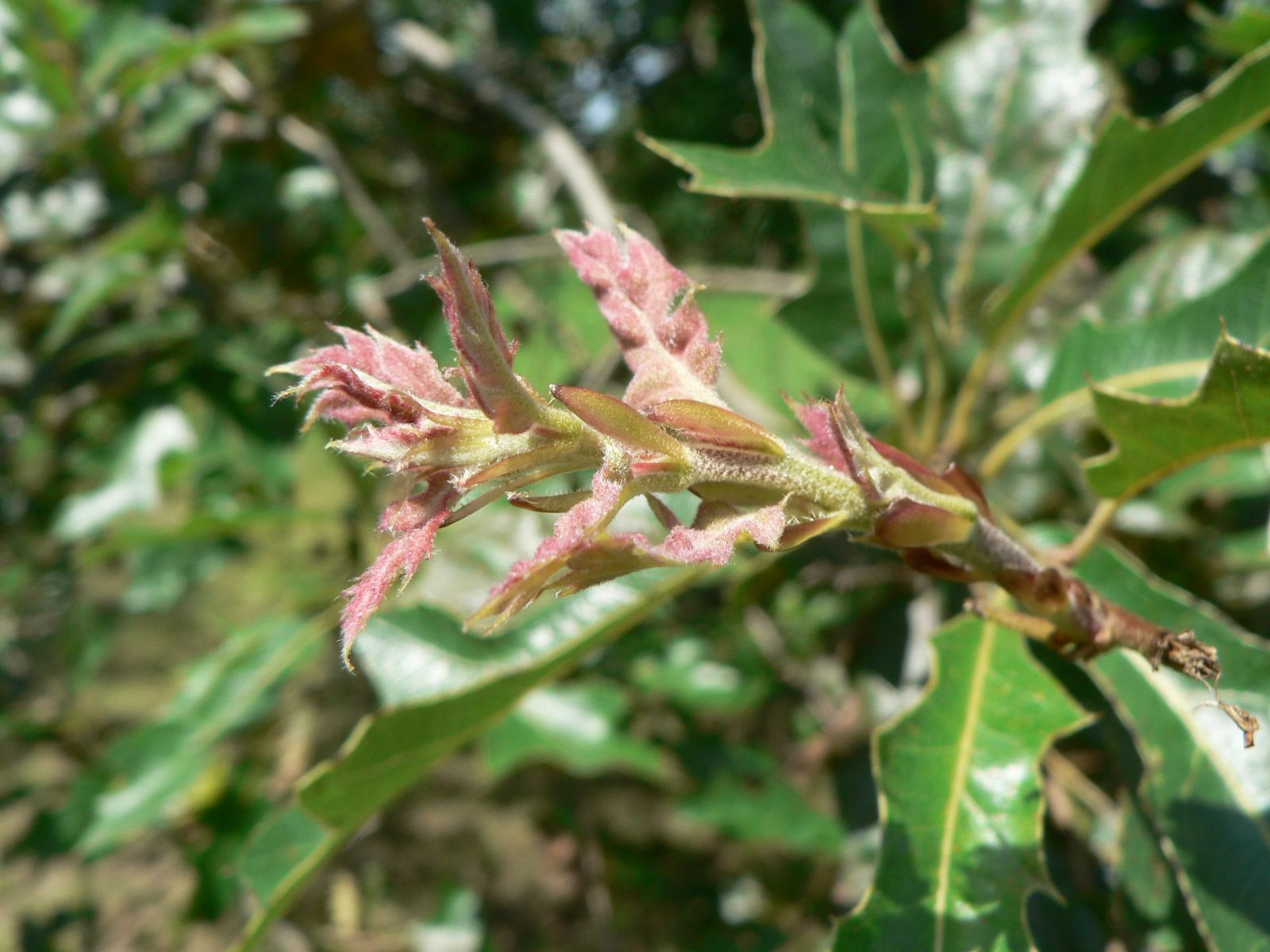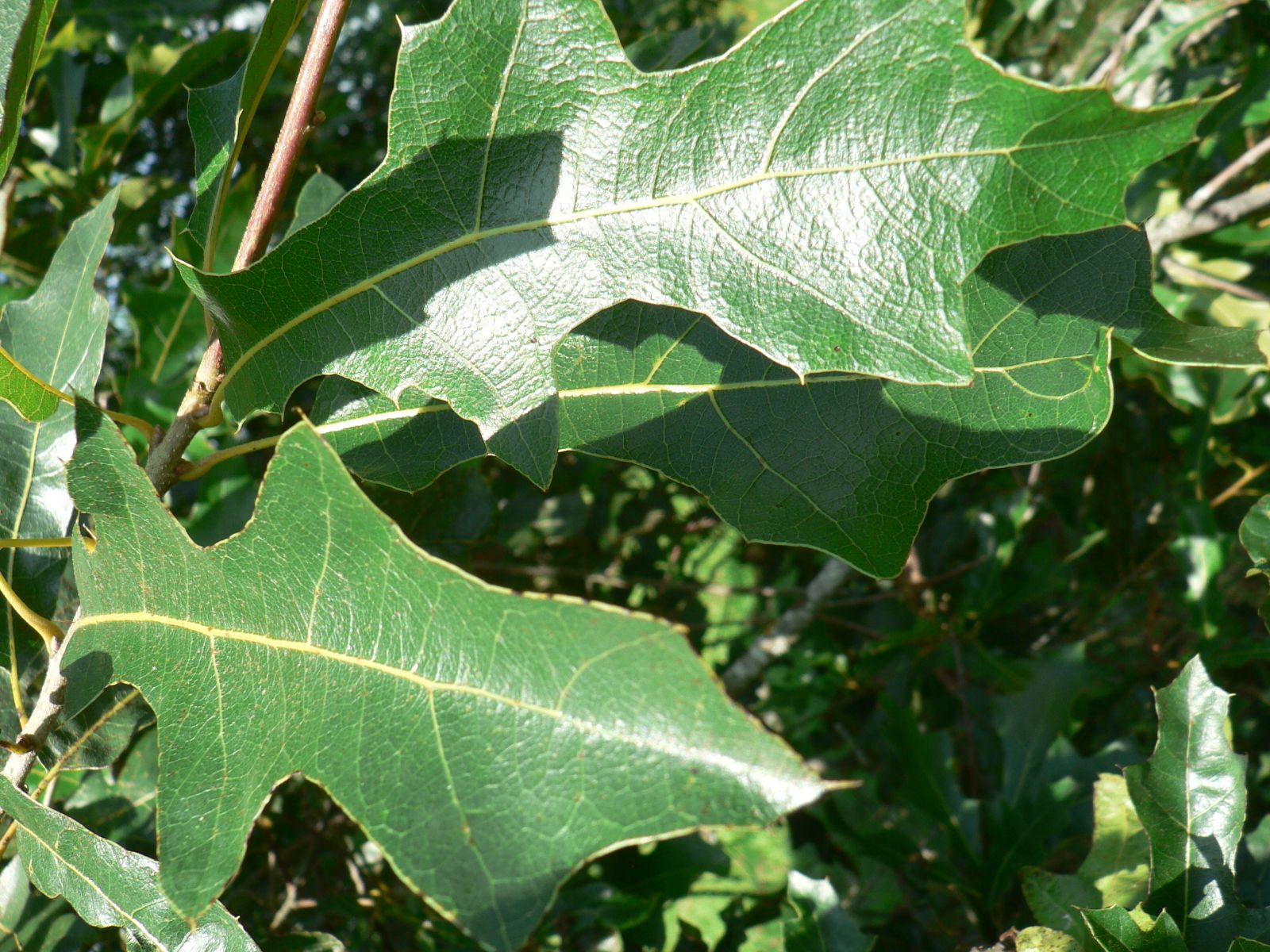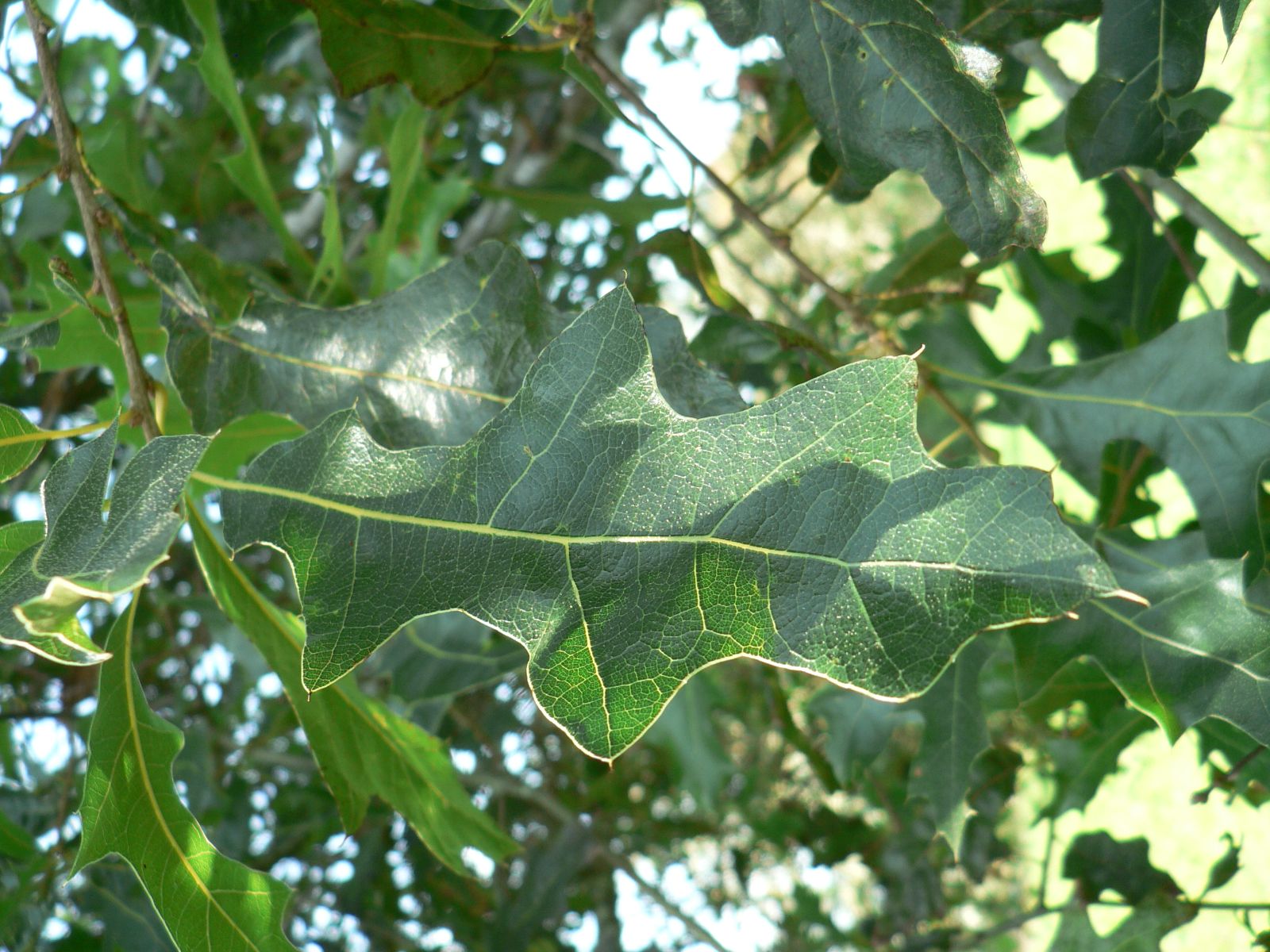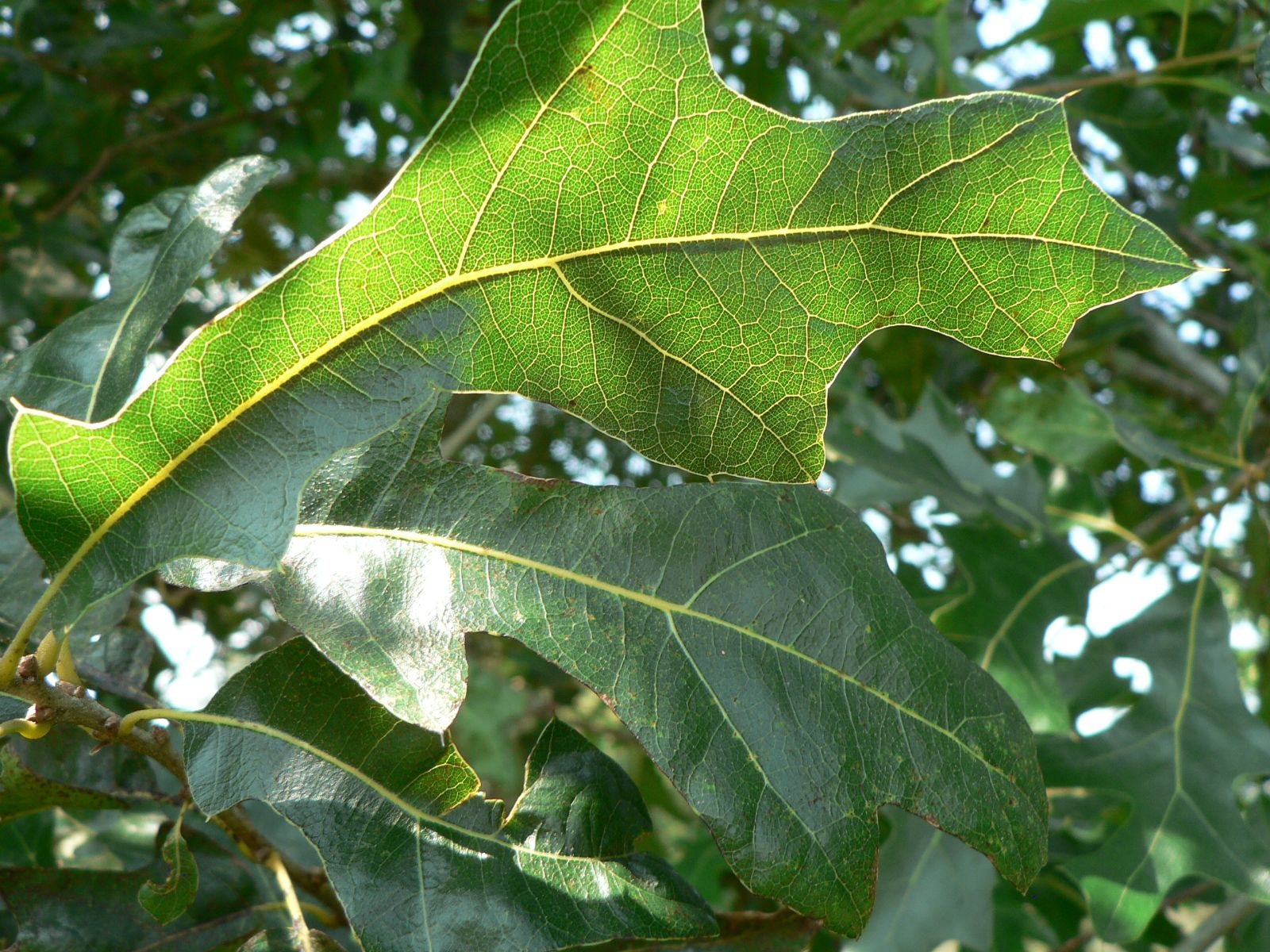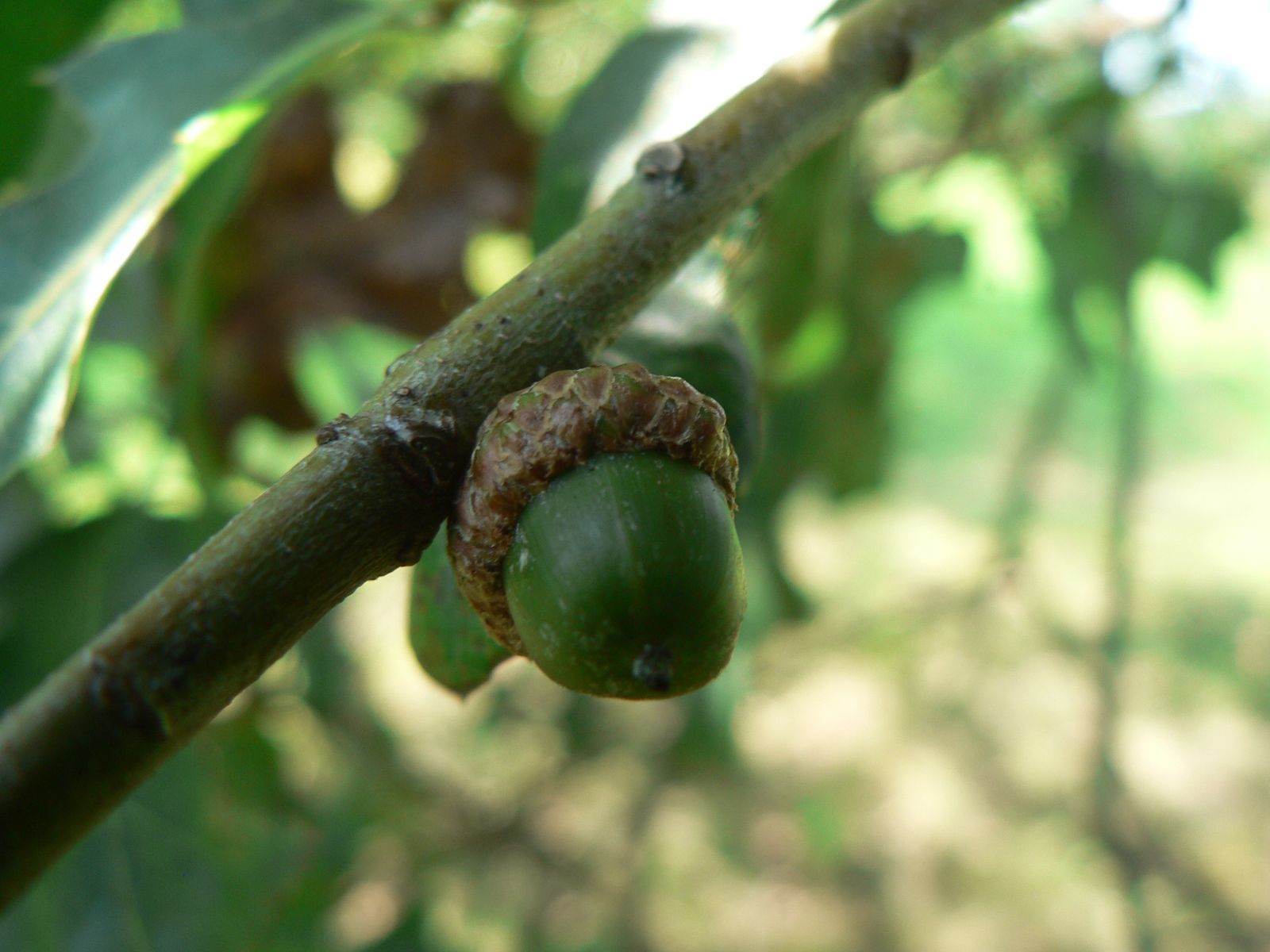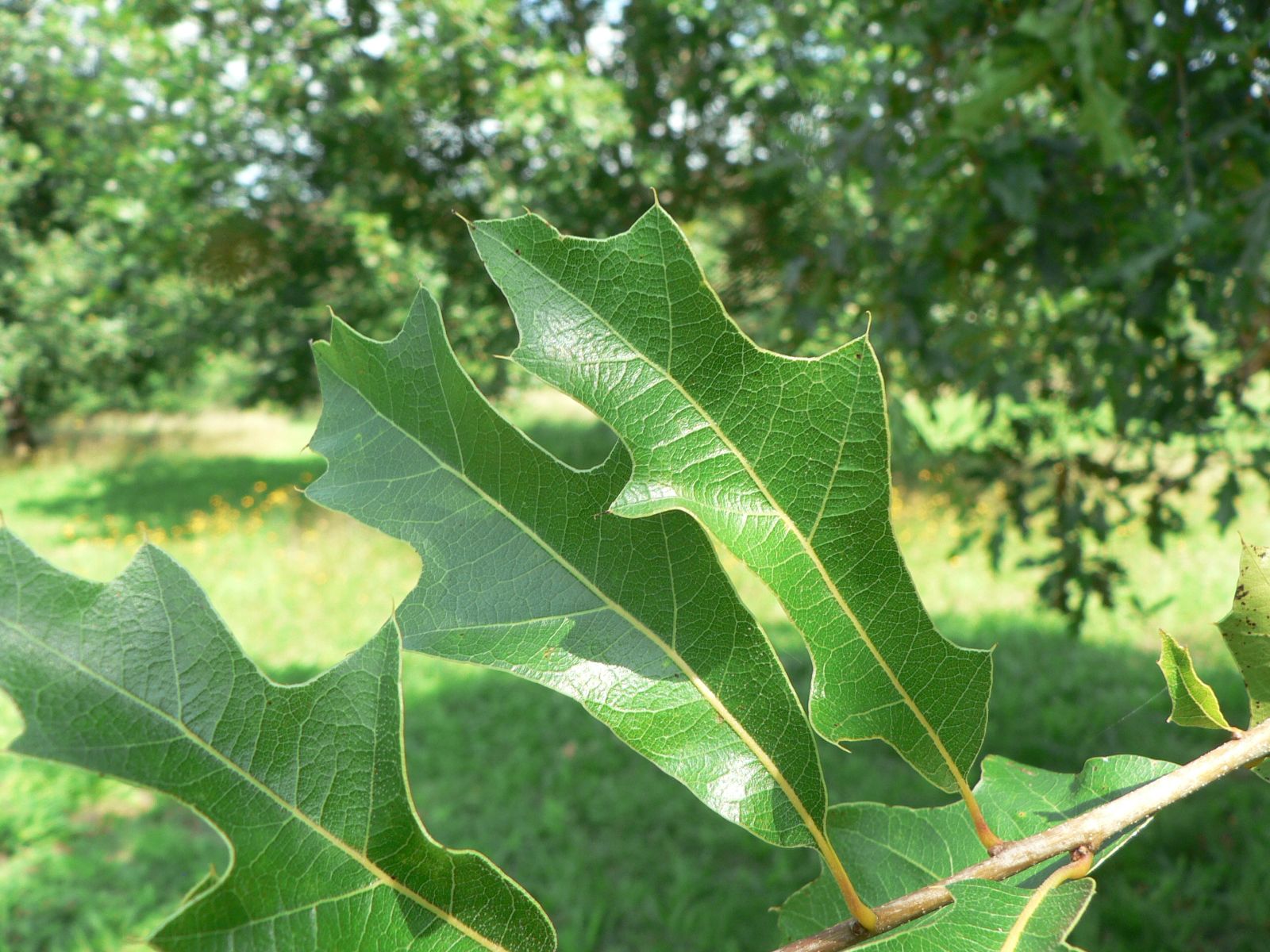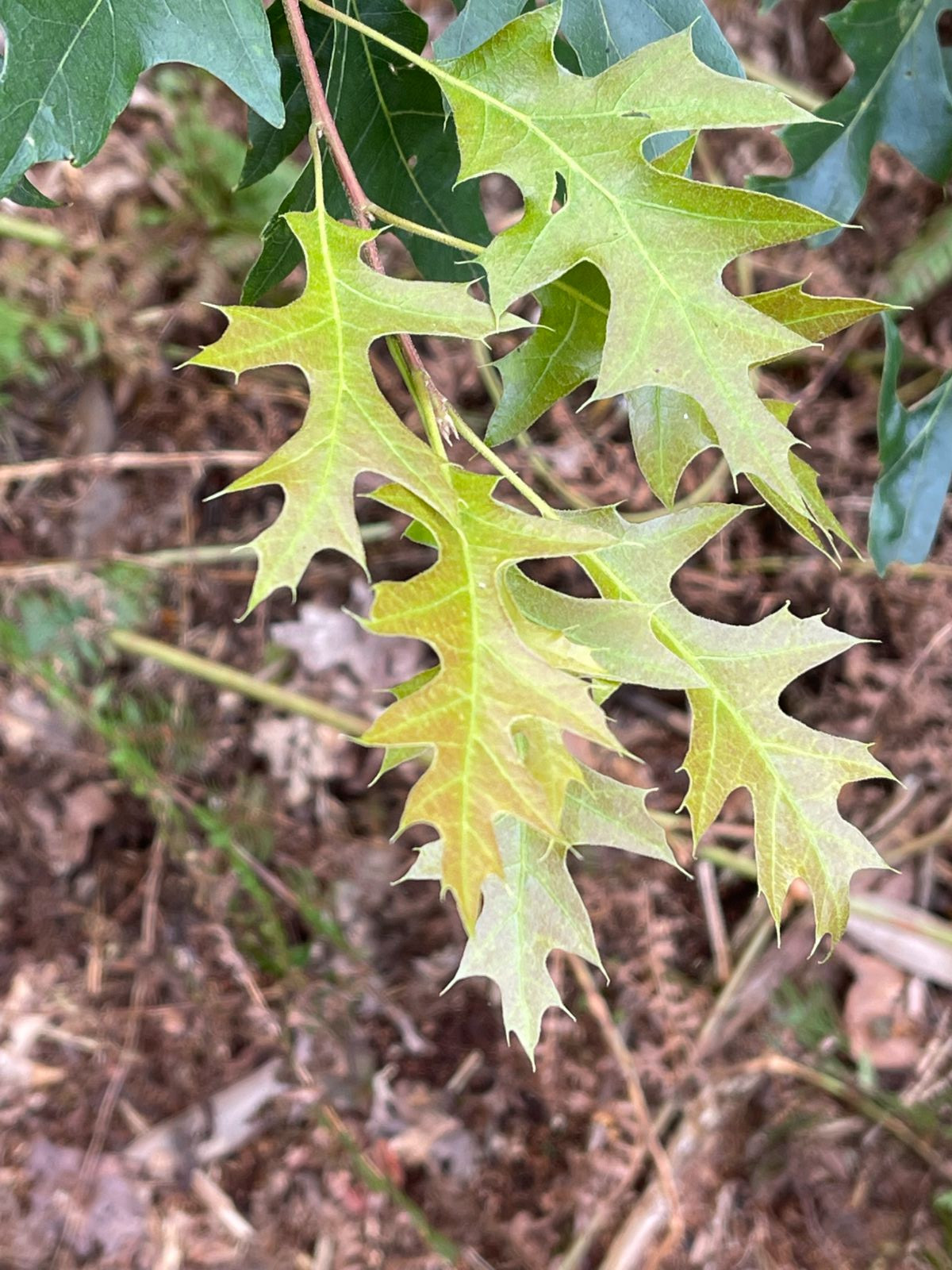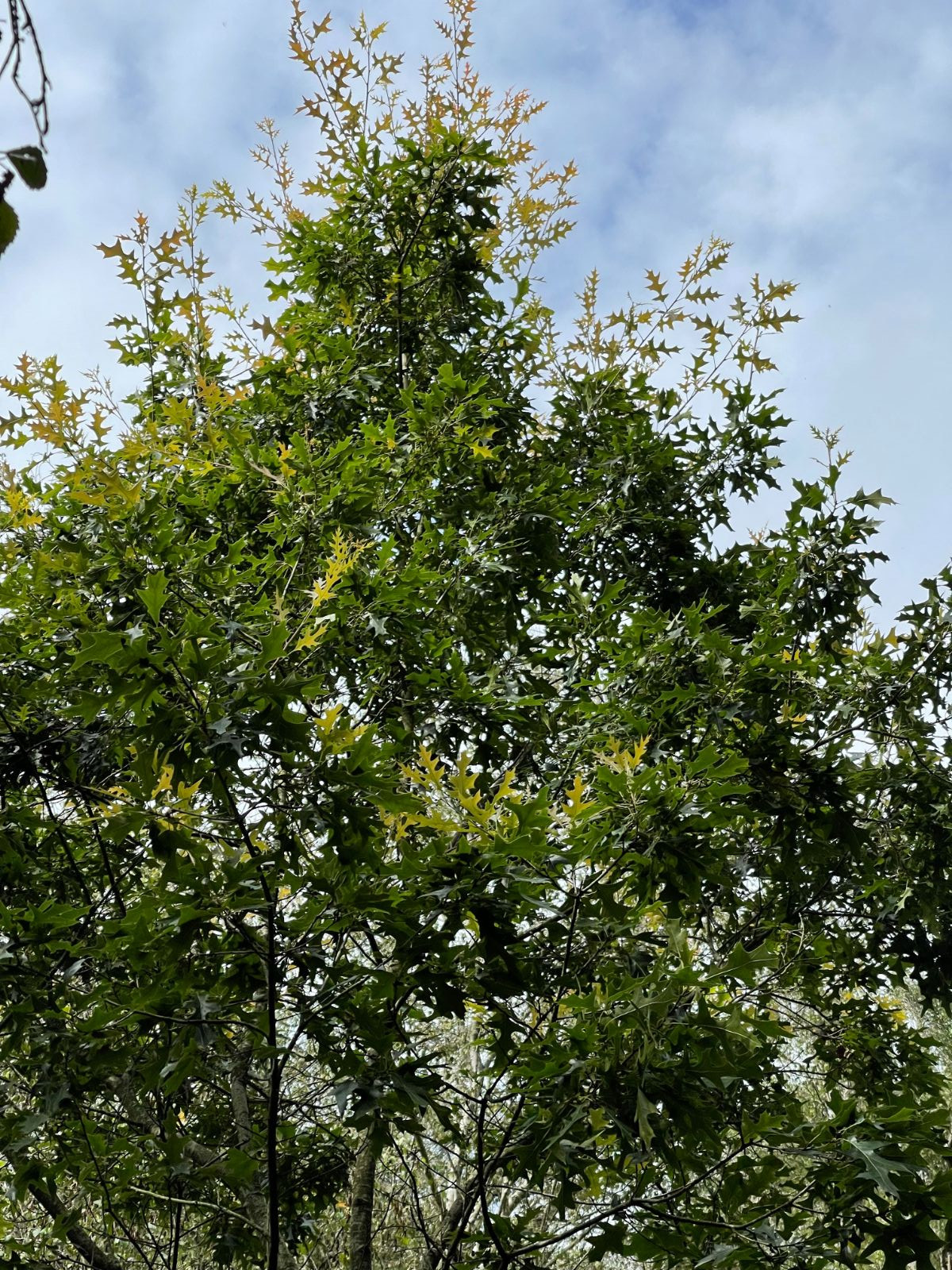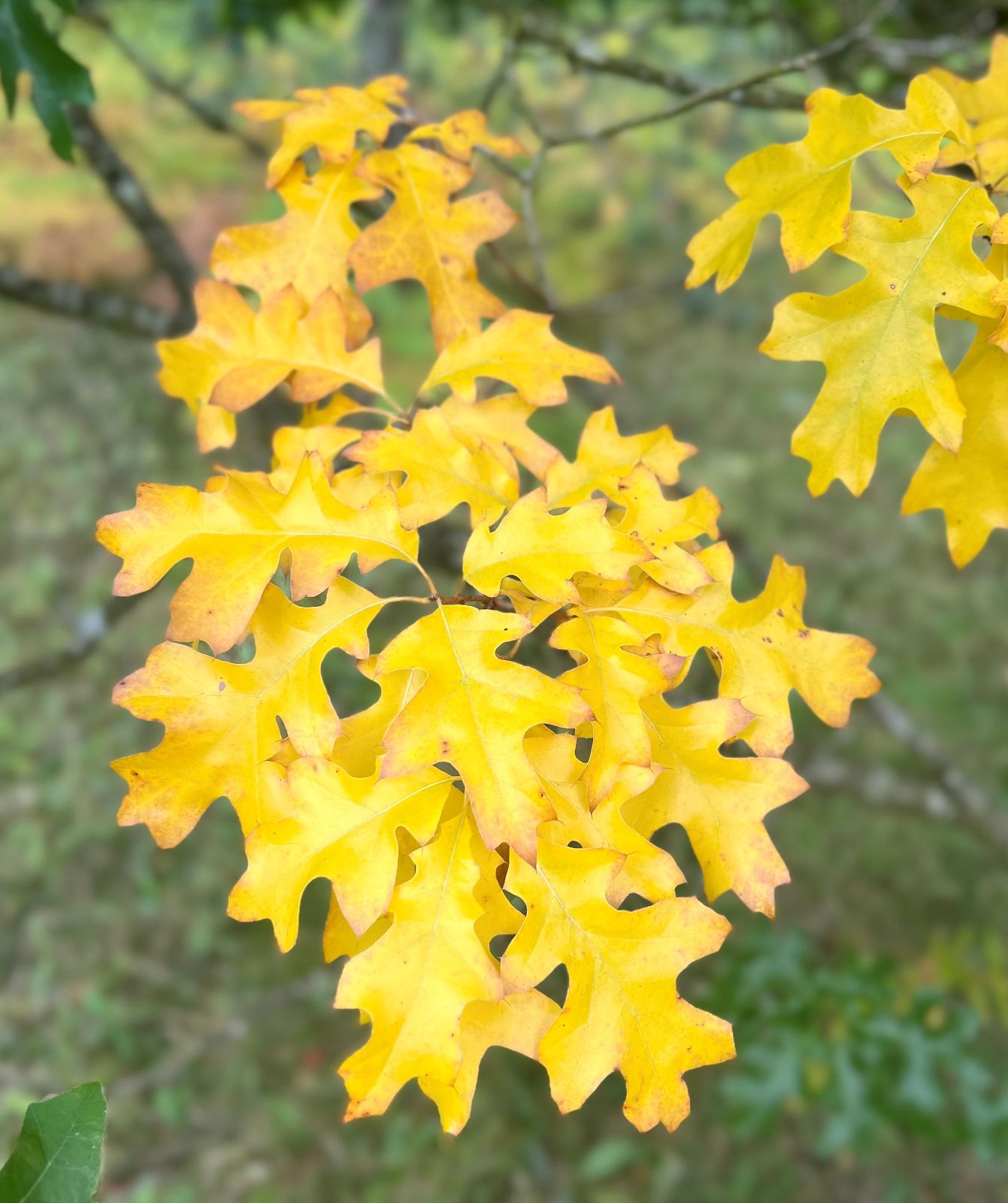Quercus gravesii
Sponsor
Kindly sponsored by
The Trees and Shrubs Online Oak Consortium
Credits
Article from New Trees by John Grimshaw & Ross Bayton
Recommended citation
'Quercus gravesii' from the website Trees and Shrubs Online (treesandshrubsonline.
Genus
- Quercus
- Subgen. Quercus, Sect. Lobatae
Common Names
- Chisos Red Oak
- Graves Oak
Other taxa in genus
- Quercus acerifolia
- Quercus acherdophylla
- Quercus acrodonta
- Quercus acuta
- Quercus acutifolia
- Quercus acutissima
- Quercus afares
- Quercus affinis
- Quercus agrifolia
- Quercus alba
- Quercus aliena
- Quercus alnifolia
- Quercus aquifolioides
- Quercus arizonica
- Quercus arkansana
- Quercus aucheri
- Quercus augustini
- Quercus austrina
- Quercus × auzendei
- Quercus baloot
- Quercus bambusifolia
- Quercus baronii
- Quercus bicolor
- Quercus brantii
- Quercus buckleyi
- Quercus canariensis
- Quercus canbyi
- Quercus candicans
- Quercus castanea
- Quercus castaneifolia
- Quercus cerris
- Quercus chenii
- Quercus chrysolepis
- Quercus coccifera
- Quercus cocciferoides
- Quercus coccinea
- Quercus conspersa
- Quercus crassifolia
- Quercus crassipes
- Quercus delavayi
- Quercus dentata
- Quercus deserticola
- Quercus dolicholepis
- Quercus douglasii
- Quercus dumosa
- Quercus durifolia
- Quercus eduardii
- Quercus ellipsoidalis
- Quercus emoryi
- Quercus engelmannii
- Quercus engleriana
- Quercus euboica
- Quercus eugeniifolia
- Quercus fabri
- Quercus faginea
- Quercus falcata
- Quercus floribunda
- Quercus frainetto
- Quercus franchetii
- Quercus fruticosa
- Quercus fusiformis
- Quercus gambelii
- Quercus garryana
- Quercus geminata
- Quercus georgiana
- Quercus germana
- Quercus gilliana
- Quercus gilva
- Quercus glabrescens
- Quercus glauca
- Quercus graciliformis
- Quercus griffithii
- Quercus grisea
- Quercus guyavifolia
- Quercus hartwissiana
- Quercus hemisphaerica
- Quercus × hispanica
- Quercus hondae
- Quercus hypargyrea
- Quercus hypoleucoides
- Quercus ilex
- Quercus ilicifolia
- Quercus imbricaria
- Quercus incana
- Quercus infectoria
- Quercus insignis
- Quercus ithaburensis
- Quercus kelloggii
- Quercus × kewensis
- Quercus kiukiangensis
- Quercus laceyi
- Quercus laevis
- Quercus lamellosa
- Quercus lanata
- Quercus lancifolia
- Quercus laurifolia
- Quercus laurina
- Quercus × leana
- Quercus leucotrichophora
- Quercus × libanerris
- Quercus libani
- Quercus lobata
- Quercus lobbii
- Quercus lodicosa
- Quercus longinux
- Quercus longispica
- Quercus look
- Quercus × ludoviciana
- Quercus macranthera
- Quercus macrocalyx
- Quercus macrocarpa
- Quercus macrolepis
- Quercus marilandica
- Quercus mexicana
- Quercus michauxii
- Quercus mongolica
- Quercus monimotricha
- Quercus montana
- Quercus morii
- Quercus muehlenbergii
- Quercus myrsinifolia
- Quercus myrtifolia
- Quercus nigra
- Quercus × numidica
- Quercus oblongifolia
- Quercus obtusata
- Quercus oglethorpensis
- Quercus oxyodon
- Quercus pagoda
- Quercus palmeri
- Quercus palustris
- Quercus pannosa
- Quercus parvula
- Quercus petraea
- Quercus phellos
- Quercus phillyreoides
- Quercus planipocula
- Quercus poilanei
- Quercus polymorpha
- Quercus pontica
- Quercus prinoides
- Quercus pubescens
- Quercus pyrenaica
- Quercus rehderiana
- Quercus reticulata
- Quercus robur
- Quercus rotundifolia
- Quercus rubra
- Quercus rugosa
- Quercus rysophylla
- Quercus sadleriana
- Quercus salicina
- Quercus sartorii
- Quercus × schneideri
- Quercus schottkyana
- Quercus semecarpifolia
- Quercus senescens
- Quercus serrata
- Quercus sessilifolia
- Quercus setulosa
- Quercus shumardii
- Quercus sinuata
- Quercus spinosa
- Quercus stellata
- Quercus stenophylloides
- Quercus suber
- Quercus subspathulata
- Quercus tarokoensis
- Quercus tatakaensis
- Quercus texana
- Quercus tomentella
- Quercus trojana
- Quercus tungmaiensis
- Quercus turbinella
- Quercus × turneri
- Quercus undulata
- Quercus utahensis
- Quercus utilis
- Quercus uxoris
- Quercus variabilis
- Quercus velutina
- Quercus virginiana
- Quercus vulcanica
- Quercus warburgii
- Quercus wislizenii
- Quercus xalapensis
Tree to 13–15 m, 0.9 m dbh. Bark dark greyish black to black, with flat ridges separated by narrow fissures. Variable in size and form, dependent on growing conditions, sometimes large and massive, sometimes small and pendulous. Branchlets pale brown or dark reddish brown, glabrous, with white lenticels. Leaves deciduous, 4.5–14 × 2–12 cm, ovate to elliptic, upper surface glossy, glabrous except for a few hairs near the base and along the midrib, lower surface with small axillary tufts of hair along the midrib and veins or glabrous, four to six secondary veins on each side of the midrib, margins with three to five triangular lobes, terminating in spiny bristles (9–20 in total), apex obtuse or acute, rarely attenuate or falcate; petiole 0.5–2.5 cm long, minutely pubescent. Infructescence 1–3 cm long with one to two (to five) cupules. Cupule turbinate or deeply cup-shaped, 0.7–1.2 × 0.4–0.8 cm, outer surface glabrous or with a few hairs, inner surface glabrous or pubescent; scales acute with appressed tips. Acorn ovoid to ellipsoid, rarely subglobose, with one-third to half of its length enclosed in the cupule, 0.9–1.6 cm long, stylopodium prominent; stellate tomentum around apex and in longitudinal bands down acorn. Fruiting in the second year (USA). Nixon 1997. Distribution USA: Texas (Chisos, Davis and Glass Mts.). Habitat Dry wooded hillsides. USDA Hardiness Zone 7. Conservation status Least Concern. Illustration Nixon 1997; NT728. Taxonomic note Very variable in the wild, sharing similarities with both Q. buckleyi and Q. kelloggii in different parts of its range (Melendrez 2000).
Quercus gravesii is a small red oak, perhaps most notable for its excellent autumn colour. Sternberg (2004) writes of it painting the hillsides red in the Big Bend National Park, Texas – but as an interesting counterpoint, Melendrez describes how the colour varies between golden-yellow and scarlet in different parts of its range. He also mentions that it occurs on both limestone and igneous rocks in the wild (Melendrez 2000), and Sternberg (2004) considers that on a hot, dry alkaline site it might survive cold winters successfully. This appears to be the case at Kruchten in western Germany, where it tolerates the mildly alkaline soil without signs of chlorosis and has reached 1.8 m in five years of growth. These trees, grown from a Jablonski collection in New Mexico in 2000, have stunning scarlet-red autumn colour in late November (E. Jablonski, pers. comm. 2006). The species is also successful in central and southern England. A tree at Kew planted out in 1978 is now c.10 m tall (UK champion), with heavy spreading branches that form a rounded, though sparse, crown. This specimen showed no signs of attractive colouring in mid-November 2005, when the leaves were still green. A 1987 collection made by Guy Sternberg has reached 6 m at Thenford House. At Thierry Lamant’s arboretum in Dept. Loiret, France, one tree has achieved a stunning growth rate of 5 m in five years (Lamant 2004).

